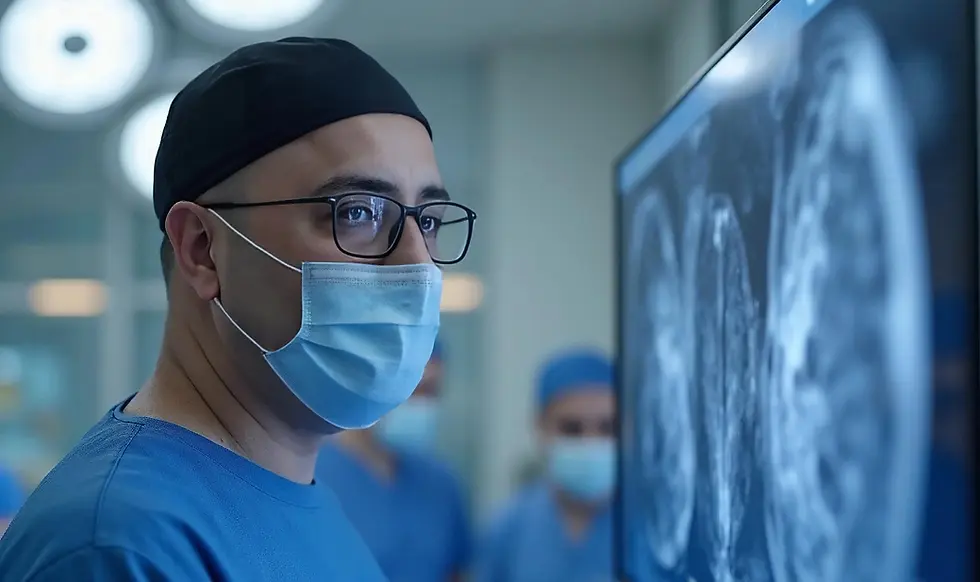Angioplasty: Restoring Blood Flow Safely and Effectively in Dubai

Introduction
Angioplasty is a minimally invasive procedure that restores blood flow through narrowed or blocked arteries. It is commonly used to treat Peripheral Artery Disease (PAD), coronary artery disease, and vascular blockages affecting the legs, kidneys, or other parts of the body. By reopening the arteries and improving circulation, angioplasty helps relieve pain, promote wound healing, and prevent tissue loss or amputation in advanced cases.
Performed under local or general anaestheisa and guided by live imaging, angioplasty offers a safe and effective alternative to open surgery, allowing for faster recovery and shorter hospital stays.
In Dubai, Dr. Soroush Sohrabi, a UK-trained Consultant Vascular & Endovascular Surgeon with international fellowships in the US and Australia, provides expert angioplasty treatment using advanced endovascular techniques to help patients regain mobility and improve vascular health.
What Is Angioplasty?
Angioplasty (also called percutaneous transluminal angioplasty or PTA) is a procedure designed to widen narrowed arteries caused by plaque buildup (atherosclerosis). A small balloon is inserted through a thin tube (catheter) and inflated inside the artery to open the blockage. In many cases, a stent—a tiny mesh tube—is then placed to keep the artery open.
The goal of angioplasty is to restore normal blood flow to the affected area, relieving symptoms such as leg pain, cramping, or non-healing ulcers, and reducing the risk of severe complications like critical limb ischaemia.
Conditions Treated with Angioplasty
Angioplasty is commonly performed for:
-
Peripheral Artery Disease (PAD) — blockages in the leg arteries causing pain or tissue loss.
-
Renal Artery Stenosis — to improve kidney function and blood pressure control.
-
Diabetic Foot and Non-healing Ulcers — to improve circulation and promote wound healing.
-
Critical Limb Ischaemia (CLI) — severe arterial blockage or narrowing causing rest pain or gangrene.
-
Intermittent Claudication - arterial or narrowing causing leg pain on activity.
Symptoms That May Indicate the Need for Angioplasty
Patients may benefit from angioplasty if they experience:
-
Pain, cramping, or fatigue in the legs when walking (intermittent claudication)
-
Cold, pale, or discoloured feet
-
Weak or absent pulses in the legs
-
Numbness, tingling, or skin changes due to poor blood flow
How Angioplasty Works
-
Access: A small puncture is made, usually in the groin or wrist, to insert a catheter into the artery.
-
Imaging: A special dye (contrast) is injected, and real-time X-ray imaging (angiography) identifies the blocked area.
-
Balloon Inflation: A fine balloon is advanced into the blockage and gently inflated to stretch the artery open.
-
Stent Placement: In many cases, a stent is inserted to keep the artery open long-term.
-
Completion Check: The catheter is removed once blood flow is restored, and the puncture site is sealed.
The procedure typically takes 30–90 minutes, and most patients are able to walk within a few hours and return home the same or next day.
Risks and Complications
Angioplasty is generally very safe, but like all medical procedures, it carries some risks. These may include:
-
Bleeding or bruising at the puncture site
-
Re-narrowing of the artery (restenosis)
-
Formation of a blood clot
-
Vessel injury or spasm
-
Allergic reaction to contrast dye
The overall risk is low, especially when performed by an experienced vascular and endovascular specialist.
Recovery and Aftercare
Most patients go home the same or next day. It is normal to feel mild bruising or soreness at the access site. After angioplasty, it is important to:
-
Take antiplatelet medications (e.g., aspirin or clopidogrel) if prescribed by your physician to prevent clots.
-
Control risk factors such as smoking, diabetes, and high cholesterol.
-
Attend follow-up scans to monitor stent or artery patency.
Long-term success depends on a combination of effective treatment and healthy lifestyle changes.
FAQs for Spider Veins Treatment
While spider veins are typically cosmetic, they can sometimes indicate underlying venous insufficiency. If you experience pain, swelling, or heaviness in your legs, especially after long workdays in Dubai’s active or standing professions, it’s important to consult a vein specialist like Dr. Soroush.
While spider veins are typically cosmetic, they can sometimes indicate underlying venous insufficiency. If you experience pain, swelling, or heaviness in your legs, especially after long workdays in Dubai’s active or standing professions, it’s important to consult a vein specialist like Dr. Soroush.
Dr. Soroush offers advanced treatments such as:
-
Sclerotherapy – A safe injectable solution that causes veins to collapse and fade
-
Laser therapy – to reduce fine and superficial spider veins
A customized treatment plan will be discussed during your consultation.
-
Dr. Soroush’s patients typically see visible improvement after just 1–3 sessions, with optimal results in a few weeks. Treatment success depends on the severity of the veins and your overall vascular health.
Most patients describe only mild discomfort. You may feel slight tingling or warmth during the procedure. For enhanced comfort, Dr. Soroush uses cooling systems or numbing agents during treatments.
Recovery is usually quick, 24 to 48 hours for most patients. You can resume daily activities almost immediately. Compression stockings may be recommended for a few days post-treatment to enhance results.
Minor side effects may include:
-
Temporary bruising, redness, or swelling
-
Itching or mild discomfort at the treatment site
-
Darkening of treated veins (temporary)
Dr. Soroush prioritizes patient safety and uses advanced techniques to minimize risks.
-
Treated veins are unlikely to reappear. However, new spider veins may form over time due to factors like hormonal changes, lifestyle, or prolonged standing. Dr. Soroush will guide you on long-term prevention strategies and may suggest follow-up treatments.
If you’re bothered by visible veins and are in generally good health, you may be an ideal candidate. Women post-pregnancy, professionals who stand for long hours, or anyone dealing with aesthetic concerns in the legs are encouraged to consult with Dr. Soroush for a tailored plan.
In most cases, treatments are considered cosmetic and not covered. However, if spider veins are causing discomfort or related medical complications, some insurance providers may offer partial coverage. Dr. Soroush’s team can assist you with the documentation for claims.
You may not be able to completely prevent spider veins from developing however the following measure can help;
-
Wearing compression stockings
-
Regular leg elevation and movement
-
Staying active and maintaining a healthy weight
-
Using high-SPF sunscreen, especially in Dubai’s climate
During your consultation, Dr. Soroush will recommend lifestyle tips specific to your condition and lifestyle.
-

Consult Dr. Soroush Sohrabi, the Best Vascular Surgeon in Dubai
Spider veins often raise cosmetic concerns, yet they might also suggest problems with venous function. Effective spider veins treatment Dubai not only improves the appearance but also enhances circulation and overall vascular health. Dr. Soroush Sohrabi in Dubai offers advanced, minimally invasive procedures like sclerotherapy and laser therapy that deliver safe and long-lasting results. If you are concerned about spider veins, seeking expert evaluation and treatment can help restore both confidence and vein health.

